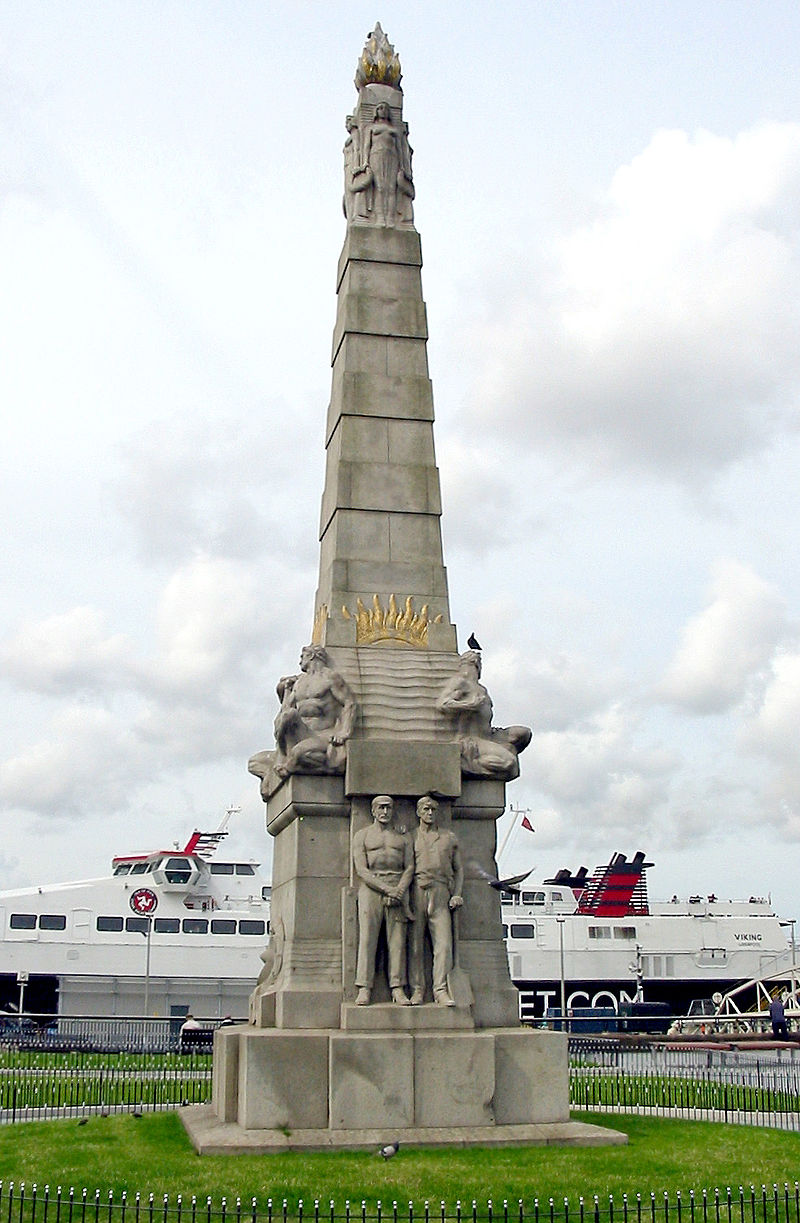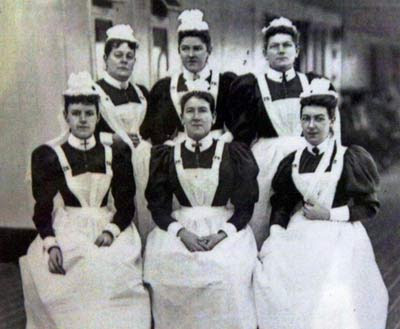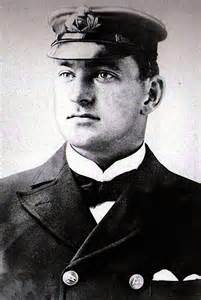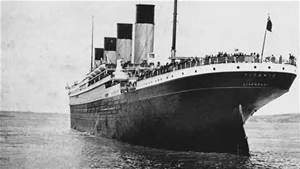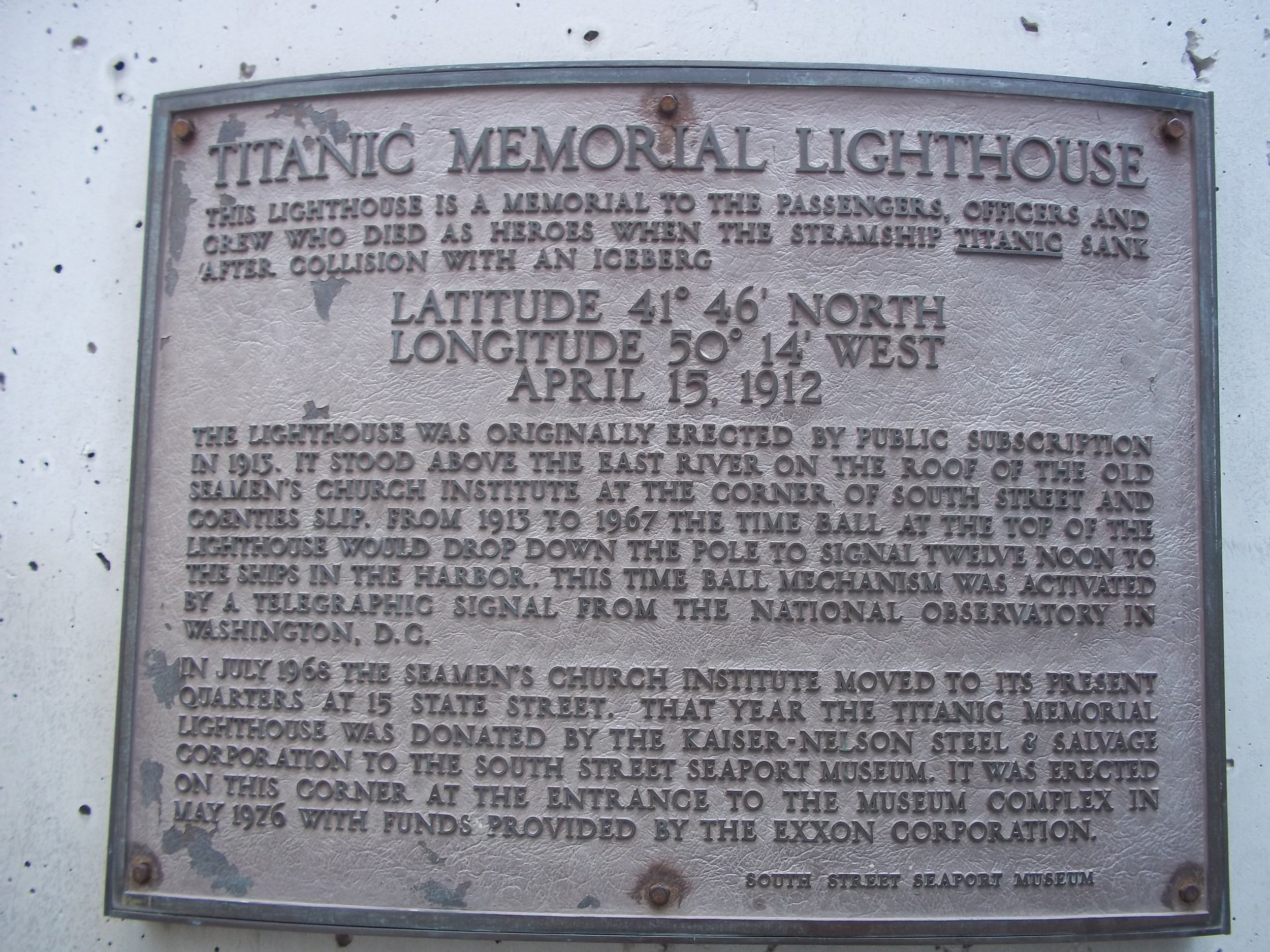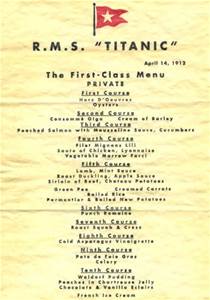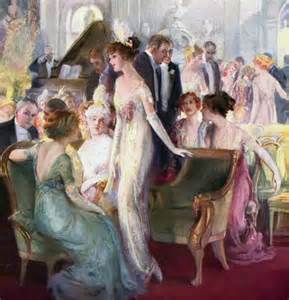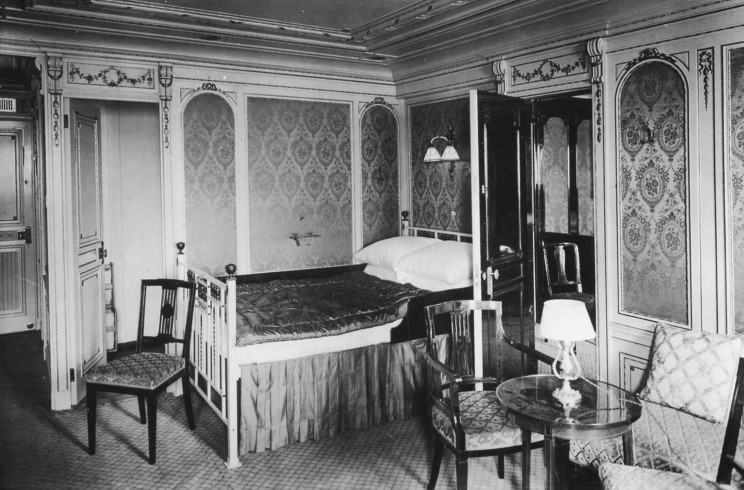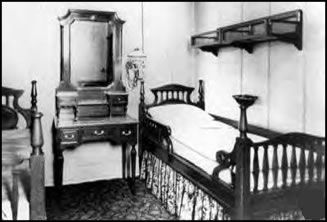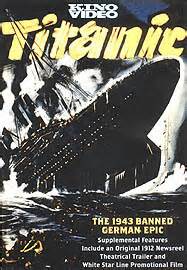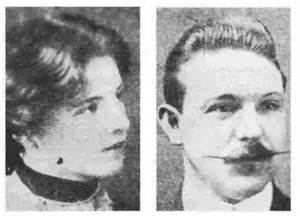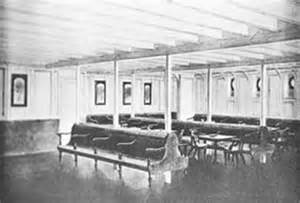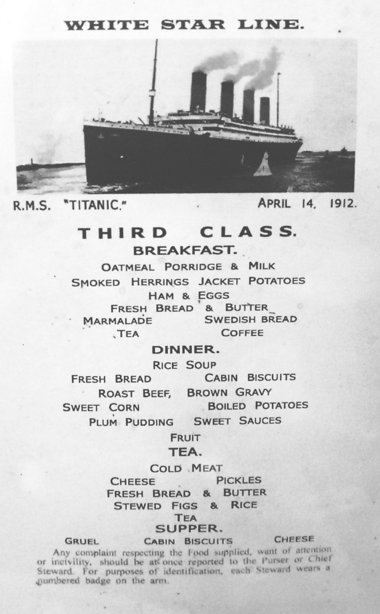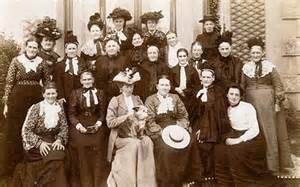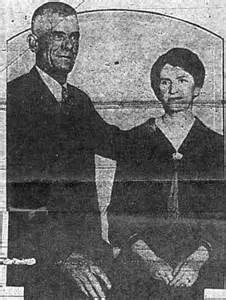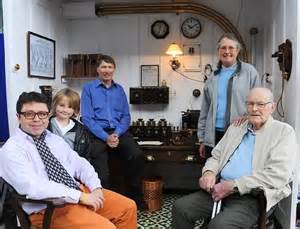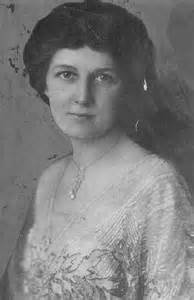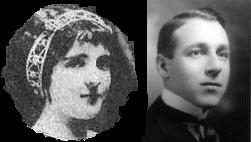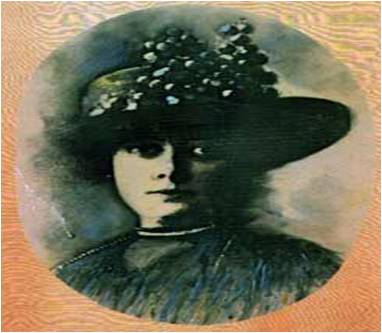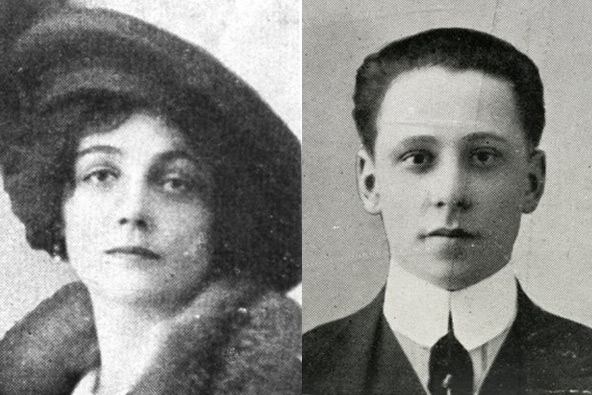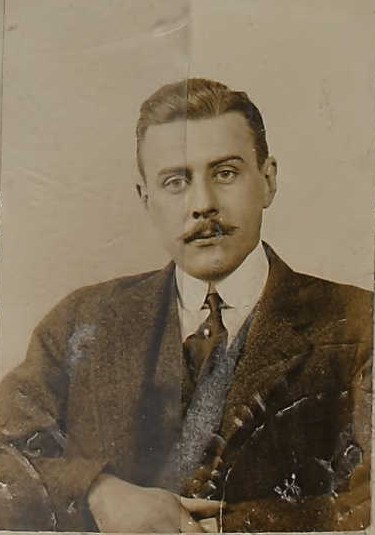The Invisible Crewmen
/The exact number of crewmembers aboard the Titanic is unknown, but roughly between 860 and 885 men and women worked on the ship, depending on what reference is used. Around 20 were either dismissed prior to sailing or failed to show on sailing day, but were still included in some crew lists. One man quit his job and disembarked at Queenstown. Among the crew, 334 men went unseen by most passengers. As members of the engineering department, they included the engineers, electricians, firemen, trimmers, and greasers. They worked primarily in the hidden recesses of the great ship. Most came from Southampton, and a good number from Belfast. Many were experienced, while others had never been aboard a ship. Many of the Southampton men were coal miners affected by Britain’s coal strike.
The 25 engineers and 10 electricians were responsible for the engines, generators, and other mechanical equipment. They had the most education and training and were paid the most. On the night of the sinking, all worked feverishly to operate the pumps and keep the ship afloat as long as possible. It was they who kept all the lights burning until two minutes before the sinking. None of them survived.
Titanic's Engineers
Firemen were also known as stokers, and numbered 176. A fireman’s job was to constantly shovel coal into one of three furnaces. Because of the intense heat and hard labor, they worked four hours on and eight hours off, usually in their undershirts and shorts. Three lead firemen and around 45 other firemen survived.
Firemen at work
Trimmers, or coal trimmers, were paid the least on the engineering crew. Seventy-three were employed on Titanic. They worked in the coal bunkers, keeping the amount of coal level and shoveling it down to the firemen. Around twenty trimmers survived.
Thirty-three men were employed as greasers. They worked alongside the engineers, keeping the mechanical equipment properly oiled and greased during the voyage. Only four of them survived.
A memorial on the waterfront in Liverpool is dedicated to the victims of Titanic’s engineering department. Liverpool was the original home of the White Star Line and where the ship was registered.
Titanic Engineers Memorial



